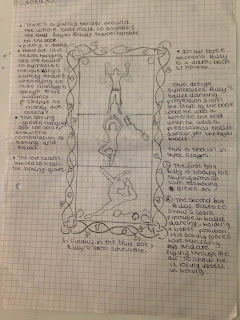Portfolio websites:
Weeblyhttp://www.weebly.com/uk/
Weekly makes it easy to build a website with multimedia content elements like text, photos and videos which can be added by dragging and dropping them where you want them to go. There are no upgrades or need to install extra things onto you're computers well as being able to sell things off the site you make.
I am attracted to the website Weebly as a possible website that I could use to create my own portfolio because it is a vernal portfolio making website which is beneficial too the type of work I would like to be portraying.
Wix
http://www.wix.com
Six lets you create a website for free, allowing you to choose your own template, customise and publish it. You can upload multi-media elements such as pictures and videos. Weekly and Wiz already come with great, high quality designs that are easy to navigate and set up and you can just customise to suit you and that means you don't have to spend time designing you're own website when they're are brilliant free or cheap templates and designs already available to use and customise. Wix gives 100s of templates, unlimited pages and top grade hosting, free upgrade to premium and get even more. Even though you get a load of features for free such as the photos they also have give users a premium plan offering loads of deals to get the best packet an d more useful features.
Sqaurespace
Squarespace can create blogs, galleries, online stores; this is beneficial to me because I would be able to upload a variety of multi-media content. It has made sites for brands such as Walk the Moon, V-Magazine, and Target. This site costs $8 for personal use per month billed annually or $12 month to month. This includes 20 pages, galleries, and blogs with unlimited bandwidth and storage, and 2 contributors, and if you do the annual purchase you also get 24/7 customer support, fully integrated E-commerce, sell 1 product and accept donations and 3% sales transaction free, where as for a business account it costs $18 which offers more including a free domain name.
Word Press
WordPress offers everything from simple websites, to blogs, to complex portals and enterprise websites, and even applications, are built with WordPress. WordPress is good for displaying written consent in particular but can still post photos which I feel I would like to show. It is flexible and easy-to-use.I am going to use WordPress as I feel it is best suited to me because it is free, and it has all the multi-media elements that I will need to use as it is general use which suits my event management use.












